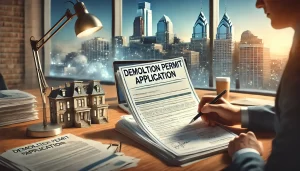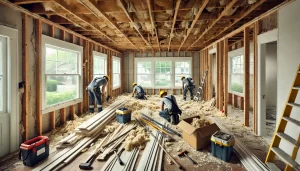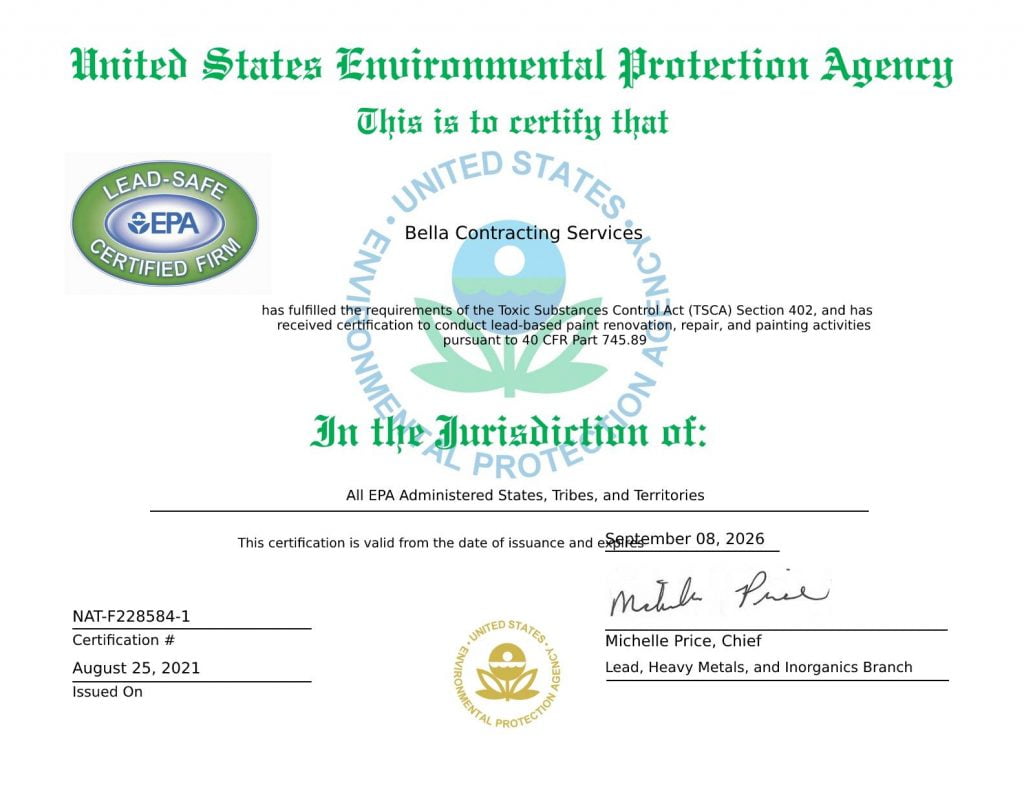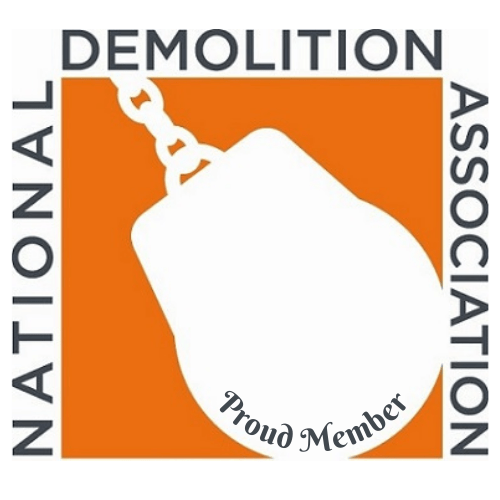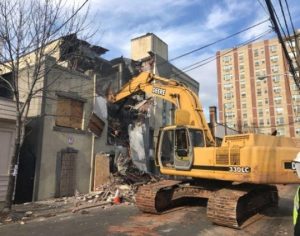
It’s amazing how quickly buildings are demolished these days. One week, you’re driving past a skyscraper—the next, only a small pile of rubble stands in its place. How can structures so massive be demolished so swiftly?
If you’re interested in learning more about how buildings are torn down, you’ve come to the right place. We’re going to provide a general overview of the structural demolition process:
Before The Work Begins
A professional contractor won’t demolish anything until a comprehensive plan is put into place. Contractors consider factors like:
The Surrounding Area
Demolition contractors have to think about more than the structure itself—they also need to consider other buildings that are close by. When the structure is demolished, could it impact the establishments nearest to it?
Hazardous Materials
Structural demolition projects are known for creating a significant amount of dust. But what if that dust contains harmful particles from asbestos, lead paint, or moldy materials?
It’s also important to consider how the debris will be disposed of once the structure is demolished; it should be separated from other materials to prevent any contamination.
Underground Utilities
Demolition could cause damage to underground gas and sewer lines. It’s vital to locate and protect these systems to prevent health hazards. Hitting a gas line in an enclosed area will increase the risk of a fire or explosion.
Once a plan is drafted and all necessary permits are acquired, the demolition process can begin.
Methods Used
Each project is unique; at Bella Contracting, we take a tailored approach to each job. With smaller demolition projects, mechanical tools may be all that are required. Machines like jackhammers and sledgehammers can take down walls and interior materials. For larger structures, it’s more common to use wrecking balls and cranes.
Based on the dimensions and materials of your building, we’ll adapt the methods we use to demolish it, which include:
Total Demolition
With these projects, the goal is to demolish an entire structure inside and out. Total demolition services are often required when a building is deemed unsafe due to structural weaknesses or hazardous materials. The property owner may want to use the land to construct a new building altogether.
Selective Demolition
This demolition method involves the removal of select rooms or materials in the building, while other areas are left completely intact. This service is often necessary when renovating or clearing out one floor of a building. Contractors need to plan these projects carefully; removing a load-bearing wall may cause structural instabilities. They also must make efforts to minimize any damage to surrounding materials.
Site Cleanup
It’s no secret that this type of work leaves a lot of a mess behind. A waste and debris management plan is essential for any demolition project. Otherwise, the site will be littered with construction detritus and dust.
With projects of this scale, there is a large volume of rubble to deal with. Many of the materials can be reused or recycled at an appropriate facility. If you want to lessen your impact on the environment, talk to your contractors about how you can reuse leftover debris.
Bringing massive structures to the ground is a challenge, even for highly trained contractors. With 20 years of experience under our belts, we’re prepared to take on projects of any size. For demolition in Connecticut, contact Bella Contracting today.



